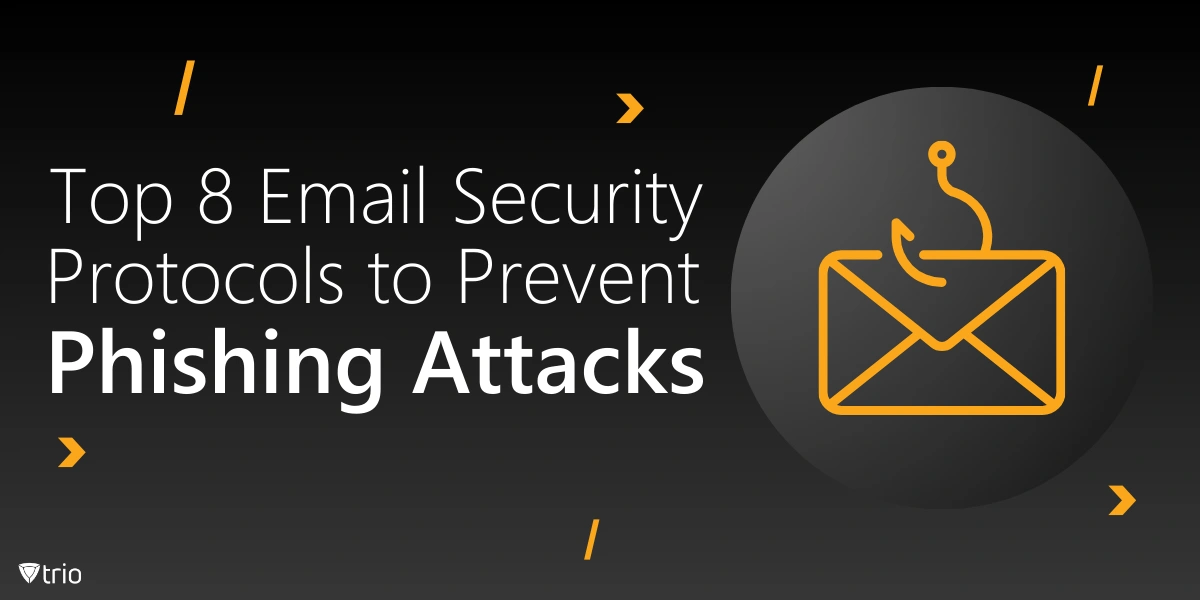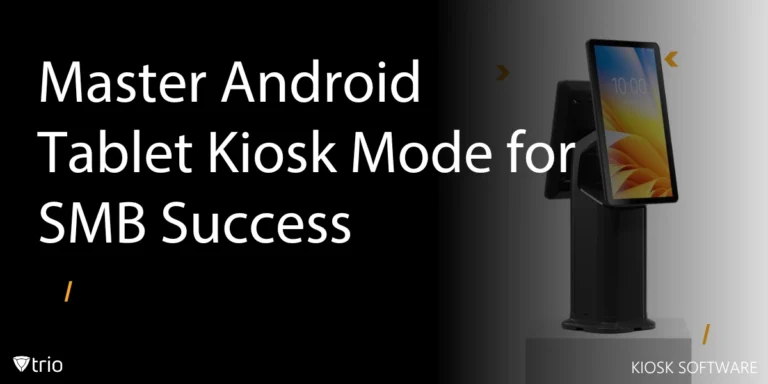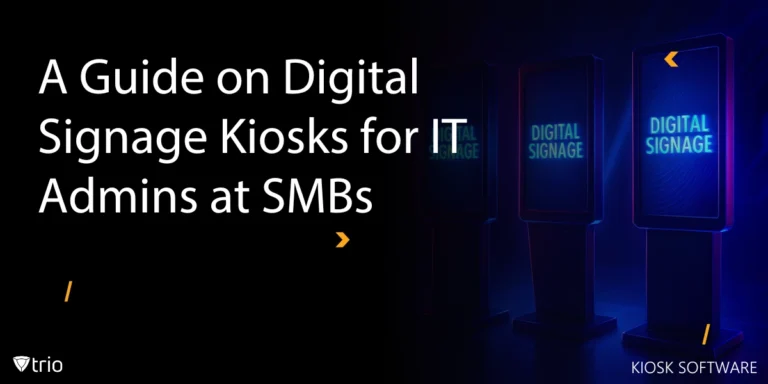Email remains the backbone of business communication, but it is also a primary target for cybercriminals. Phishing scams, malware, and data breaches often begin with a single compromised email. The stakes are high, which is why it is crucial for IT professionals to stay informed about email security techniques and implement the best email security protocols. This blog post explores the top 8 email security protocols that help mitigate phishing attacks and keep your email systems secure.
Importance of Email Security Protocols
Securing emails is more important than ever. Every day, countless emails are sent and received, exposing businesses to potential phishing attempts and malware. Hackers leverage weaknesses in email security to steal sensitive information, trick users into downloading malicious attachments, or gain access to systems through malicious links.
Email security solutions offer various methods to protect against these threats. From encrypted emails to spam filtering, these solutions ensure that both incoming and outgoing emails are protected. Implementing email security best practices helps to reduce risks and protect the integrity of email communications.
Simple Mail Transfer Protocol (SMTP) with STARTTLS
SMTP is the standard protocol for sending emails, but it has known vulnerabilities if used without additional security measures. Adding STARTTLS to SMTP allows emails to be encrypted during transit, which helps to prevent unauthorized interception.
STARTTLS works by upgrading an existing, unsecured connection to an encrypted one, offering an extra layer of protection. By enabling this protocol, IT professionals can ensure that the data transmitted via email is safe from prying eyes, especially when it passes through multiple mail servers.
Secure/Multipurpose Internet Mail Extensions (S/MIME)
S/MIME is another email security protocol example used to encrypt emails and ensure the authenticity of the sender. It uses public-key encryption to secure email content, preventing unauthorized access. Additionally, S/MIME supports digital signatures, which confirm that the email has not been tampered with.
The use of digital signatures enhances the overall trustworthiness of an email, particularly in professional or business contexts. Managed email security solutions often include S/MIME as part of their service offerings, helping businesses to protect sensitive communications.
Transport Layer Security (TLS)
TLS is another protocol used to encrypt emails during transmission. It is widely adopted across various email clients and servers, ensuring that sensitive data remains secure while being sent over the internet. TLS is particularly useful for protecting emails from interception while they are in transit between mail servers.
Incorporating TLS into your email security best practices reduces the chances of your data being exposed during transmission. It is also essential to ensure that your email client and mail server are configured to support the latest version of TLS to stay ahead of emerging threats.
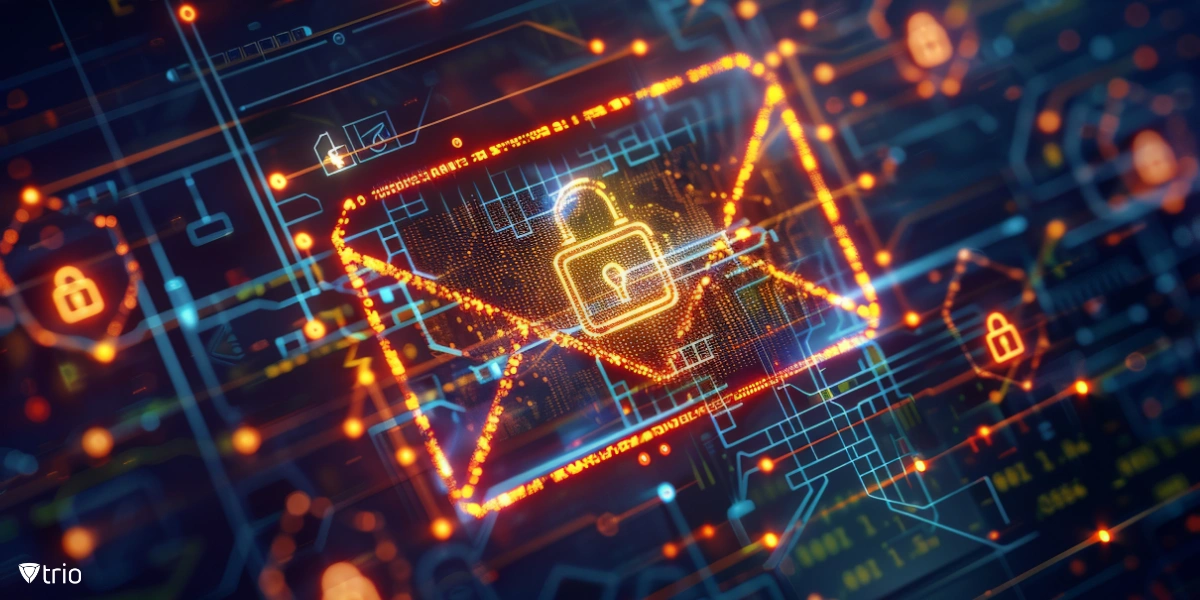
Domain-Based Message Authentication, Reporting & Conformance (DMARC)
DMARC is a critical tool in email security, working alongside other protocols like Sender Policy Framework (SPF) and DomainKeys Identified Mail (DKIM). DMARC helps to authenticate the source of an email by verifying that the sender’s domain matches the authorized IP address.
This protocol significantly reduces the risks associated with email spoofing, which is commonly used in phishing attacks. By implementing DMARC, organizations can improve the security of their domain and prevent unauthorized parties from sending fraudulent emails on their behalf.
Sender Policy Framework (SPF)
SPF is one of the foundational email security protocols used to authenticate the sender's identity. It operates by checking that the sender's IP address matches a list of authorized IPs for the domain from which the email originates. This prevents spammers and phishers from sending emails that appear to come from legitimate domains.
Although SPF is effective in reducing spoofing and phishing scams, it is most effective when combined with other protocols like DKIM and DMARC. IT professionals should consider SPF as part of a multi-layered email security strategy to maximize protection against phishing attacks.
DomainKeys Identified Mail (DKIM)
DKIM is an email protocol example that allows the receiver to verify that the email content has not been altered during transit. It works by attaching a cryptographic signature to the email header, which the receiving mail server can validate against the domain's public key.
DKIM enhances the integrity of emails, ensuring that the email content is genuine and hasn’t been compromised by cybercriminals. Like SPF, DKIM is most effective when used in conjunction with DMARC for comprehensive email security solutions.
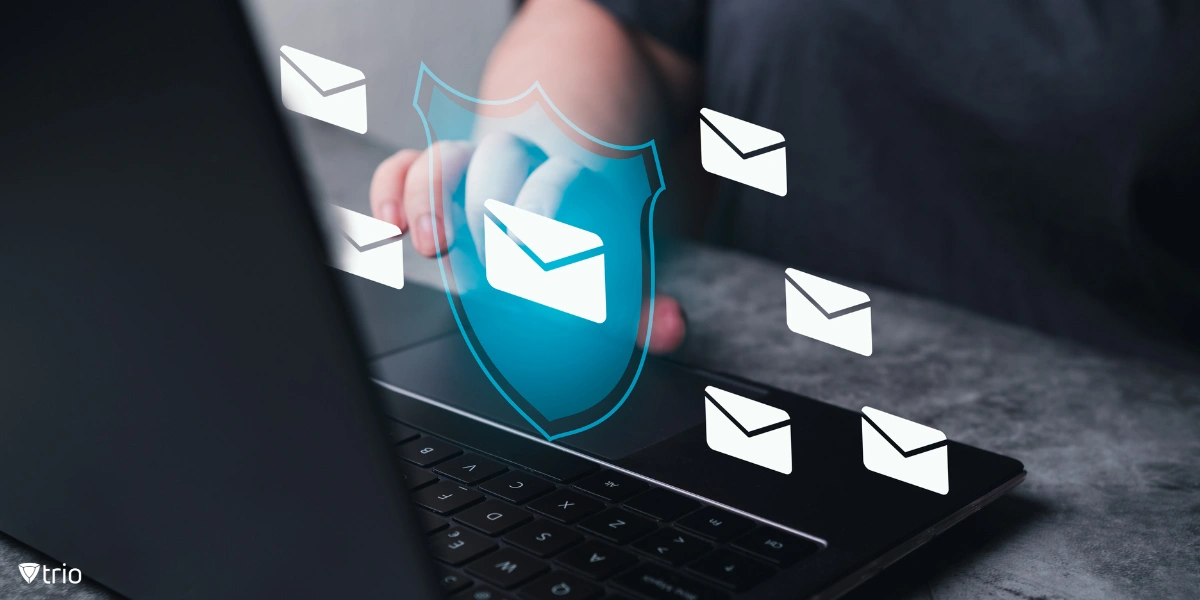
Secure Email Gateway (SEG)
A Secure Email Gateway is a solution used to filter out malicious emails before they reach your inbox. SEGs scan email content, attachments, and links to detect potential threats such as phishing attempts, malware, and spam.
SEGs are vital for businesses that handle a large volume of emails, as they automate the process of identifying and blocking harmful emails. Managed email security providers often include SEG as a key part of their services, helping businesses stay protected without overwhelming internal IT resources.
Pretty Good Privacy (PGP)
Pretty Good Privacy (PGP) is an encryption program that secures data communication, including emails, by encrypting the content so only the intended recipient can decrypt it using their private key. It also adds a digital signature to verify the authenticity of the sender, making it a valuable tool for securing sensitive information and preventing unauthorized access.
While not as commonly used in everyday business emails as S/MIME, PGP is highly effective for organizations that prioritize privacy. By integrating PGP into your email security framework alongside protocols like TLS and S/MIME, you enhance protection against phishing scams and company data breaches, creating a comprehensive defense.
Best Practices for Strengthening Email Security
Implementing strong email security protocols is just the first step. To truly secure your system, you need to adopt additional security measures. Start with basics like strong password policies and multi-factor authentication (MFA), which add extra layers of protection. A robust spam filtering system is also key to blocking malicious emails before they reach users. Using password managers helps employees generate and store complex, unique passwords, reducing the chances of compromise.
Employee training is equally important. Regularly educate staff on how to spot phishing emails, avoid clicking on suspicious links, and report potential threats to the IT team. This proactive approach greatly reduces the risks posed by phishing attacks.
To further enhance security, focus on mobile security and device encryption. These are especially crucial in remote work environments where employees access company emails on mobile devices. Securing these devices minimizes the risk of data breaches from lost or stolen hardware.
Vulnerability management should also be part of your strategy. Regularly assess and fix vulnerabilities in your email systems and mail servers to prevent exploitation. Integrating cyber threat management allows you to monitor, detect, and respond to email-based threats effectively. Combining these complementary measures with robust email security protocols ensures a secure email environment.
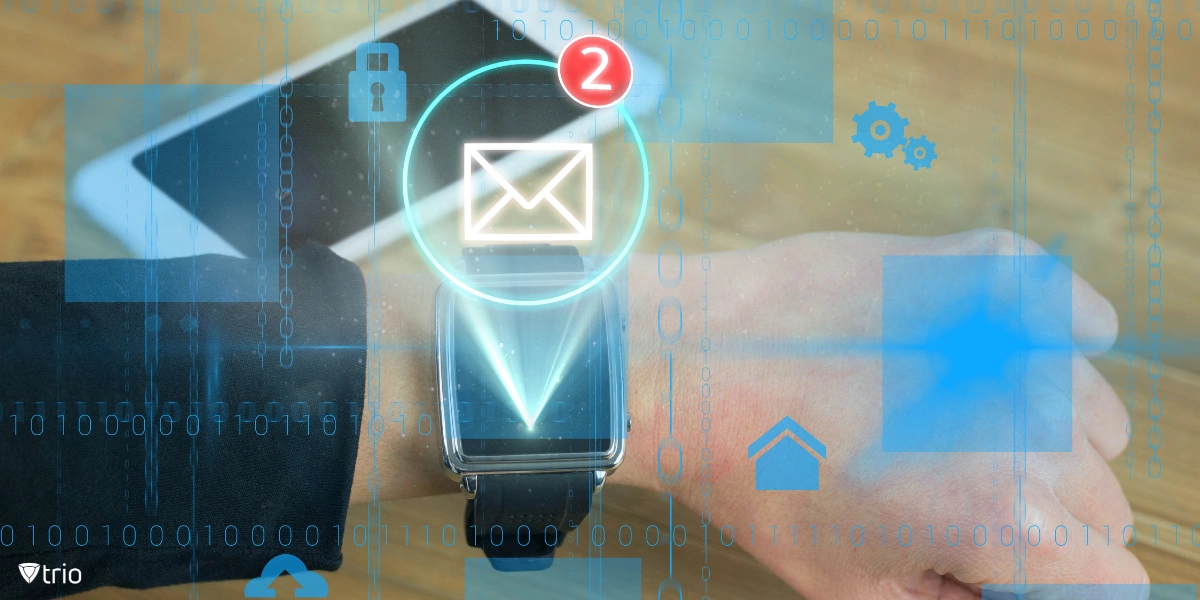
How Trio Strengthens Email Security
While email security protocols form the foundation of a secure communication system, endpoint management plays a crucial role as well. This is where Trio comes into play.
Trio helps safeguard your organization's email environment by:
- Enforcing strong password policies and multi-factor authentication (MFA) on mobile devices: This adds an extra layer of defense against unauthorized access to email accounts, even if phishing attempts succeed in stealing login credentials.
- Enabling remote wipe functionality: In case of a lost or stolen device, Trio allows IT to remotely wipe the device, preventing sensitive emails and company data from falling into the wrong hands.
- Enforcing application blacklisting: Trio can restrict access to malicious apps that might contain phishing links or malware capable of compromising email accounts.
Ready to see how Trio can simplify your mobile device management and enhance your email security? Sign up for a free demo today!
Conclusion
Email security protocols are essential for defending against phishing scams and other cyber threats. From encryption techniques like S/MIME to authentication methods such as SPF and DMARC, each protocol offers unique protection to strengthen your organization's email security posture. By implementing Trio alongside these protocols and following email security best practices, IT professionals can significantly reduce the risks associated with email-based attacks and safeguard their communications.
Get Ahead of the Curve
Every organization today needs a solution to automate time-consuming tasks and strengthen security.
Without the right tools, manual processes drain resources and leave gaps in protection. Trio MDM is designed to solve this problem, automating key tasks, boosting security, and ensuring compliance with ease.
Don't let inefficiencies hold you back. Learn how Trio MDM can revolutionize your IT operations or request a free trial today!
